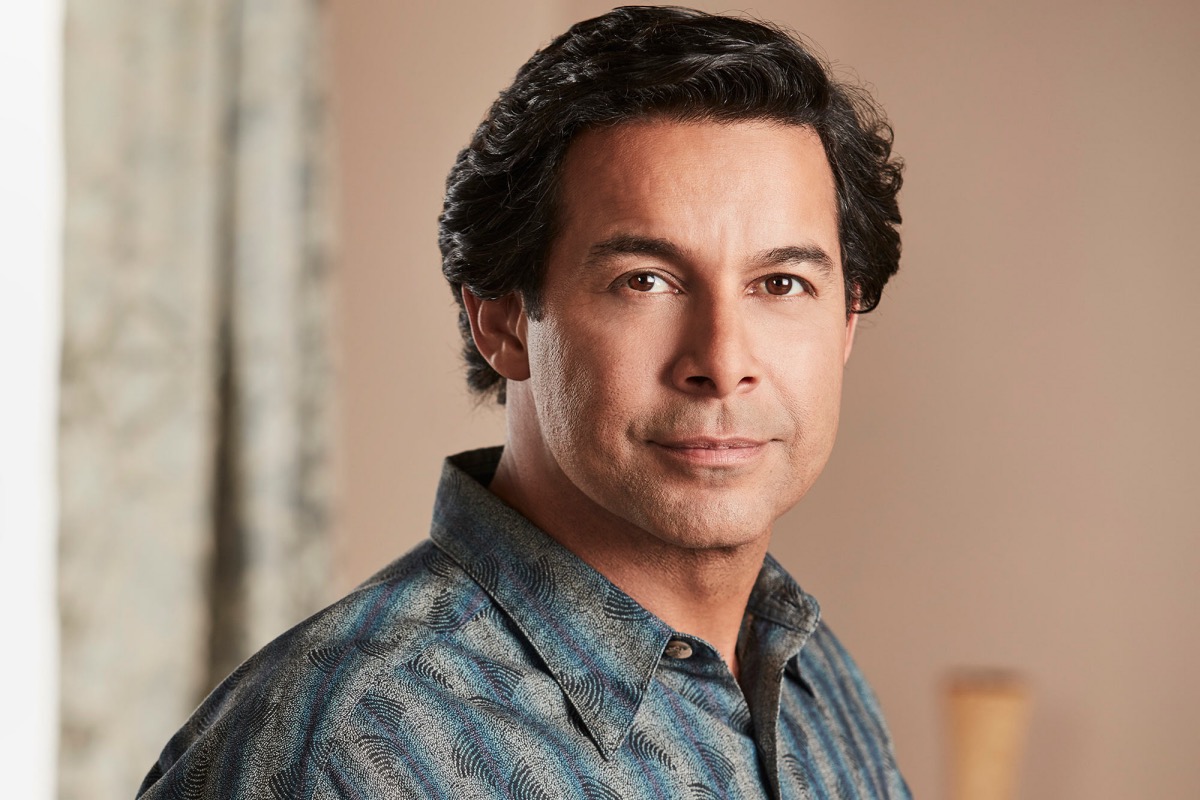Representation has definitely changed over the years, and no one knows this quite as well as Jon Huertas, who plays Miguel in NBC’s runaway hit drama This is Us.
From Moesha to Sabrina the Teenage Witch, Castle and now This Is Us, Huertas has been in over 400 episodes on television. And for much of his career, he’s been the only Latinx actor on the call sheet.
In those 400 episodes, Huertas tells Latino Rebels that he has only worked with a Latinx director once. Same goes for Latinx writers: his character Antonio on Moesha was created by a Latinx writer on the show who wanted to see some diversity and more from the Latinx perspective.
This is why Huertas is so passionate about what real change and representation looks like in Hollywood. If “we want to see the change in front of the camera,” Huertas says, “we have to get behind the camera.”
“Where are our voices? Where are our writers? Where are our directors? Where are our executives? Where are our producers?” he asks. “You have to change things from the inside out.”
As part of this campaign to change things “from the inside out,” Huertas himself is developing, producing, and directing, including two episodes of This is Us.
Huertas’ self-awareness has shaped Miguel as a character as well. As Huertas explains, Miguel was not even the original name—it was Mike. “I was the only person of color that I saw that was up for the role,” he says, “and I saw those guys coming out, Anglo with salt and pepper hair.”
“The fact that they chose me is a testament to (the creators of the show).”
Initially, he was also concerned that the only Latinx character on the show was someone that the audience didn’t like. Instead of feeling intimidated, Huertas accepted the challenge, working with the writers to create a nuanced character. Over six seasons, Huertas and the creators gave the audience time and space to watch and grow to love Miguel organically.
As This Is Us wraps up, Miguel serves as a rock for the Pearson clan, serving not only as a supportive partner to Rebecca but as a father figure to the kids, even when they don’t accept him. Huertas calls him a “successful, wealthy character who is there for his family,” a.k.a. an almost perfect character that audiences can’t help but love.
In this final season we really see Miguel grapple with becoming Rebecca’s caretaker as she struggles with dementia, and in this way at least, Miguel is a groundbreaking character. Considering the overwhelming onscreen portrayal of Latinas as the caretakers —the maid, housekeeper, or nanny— it’s very rare to see a Latino man step into that role.
Huertas is proud to delve into this part of Miguel and to counter some machismo stereotypes in the process. “I don’t know if machismo is the best thing for our culture,” he says. “We have to break that mold. We have to understand we have a responsibility.”
Caretaking is emblematic and an extension of love. So many times, whether it’s in movies like Roma or telenovelas, we’ve seen Latina characters particularly give so much of themselves to support and care for their families. We know, especially in our community, this is love —this is how we hold each other— whether it’s making a meal, visiting an elder, or even caring for a loved one with dementia.
“That’s romance. That’s what we’re about when you think about Latinx people,” says Huertas. “You want to talk about romance, you talk about taking care of someone who can’t take care of themselves.”
Rebecca and Jack’s love is as Huertas describes it: “One you read about in romance novels and books. … It’s written in the stars.”
While this relationship is core to This is Us, Rebecca’s and Miguel’s love story is much more complex and yet a tender, realistic representation of how many find love in the real world.
“Rarely does (real) romance come out of a romance novel This is the more grounded and realistic romance that Rebecca and Miguel has. The Jack and Rebecca one is the imagined one,” he explains, “the one we all look for when we are teenagers or in our early twenties.”
While some might not think you can look to a network show for a true modern romance, Miguel’s and Rebecca’s sits subtly and powerfully in the midst of This is Us. Miguel represents so much of what love means in our community and gives us another depiction of Latinx love that we rarely see on screen.
“I want to see Latinos experiencing romance because I want things to change, and to me, machismo is not romance,” Huertas says. “Machismo is about power and control.”
Rarely do Latinx side characters receive the dignity and trajectory that Miguel has as his identity forms a central pillar of his character. Miguel has grown from an initially unlikeable stepdad character and warmed his way into the heart of the show and its family. In this last and final season, as he prepares to become Rebecca’s caretaker, we see him transform into a full-fledged character and receive the narrative development this character deserves.
And we’re definitely here for our favorite Latinx stepdad.
***
Nicola Schulze is the co-founder of LatinaMedia.Co and the person behind communications at the Women’s Foundation California, a publicly supported foundation dedicated to achieving racial, economic, and gender justice by centering the experience and expertise of communities most impacted by systemic injustice. Twitter: @neaschulze.



